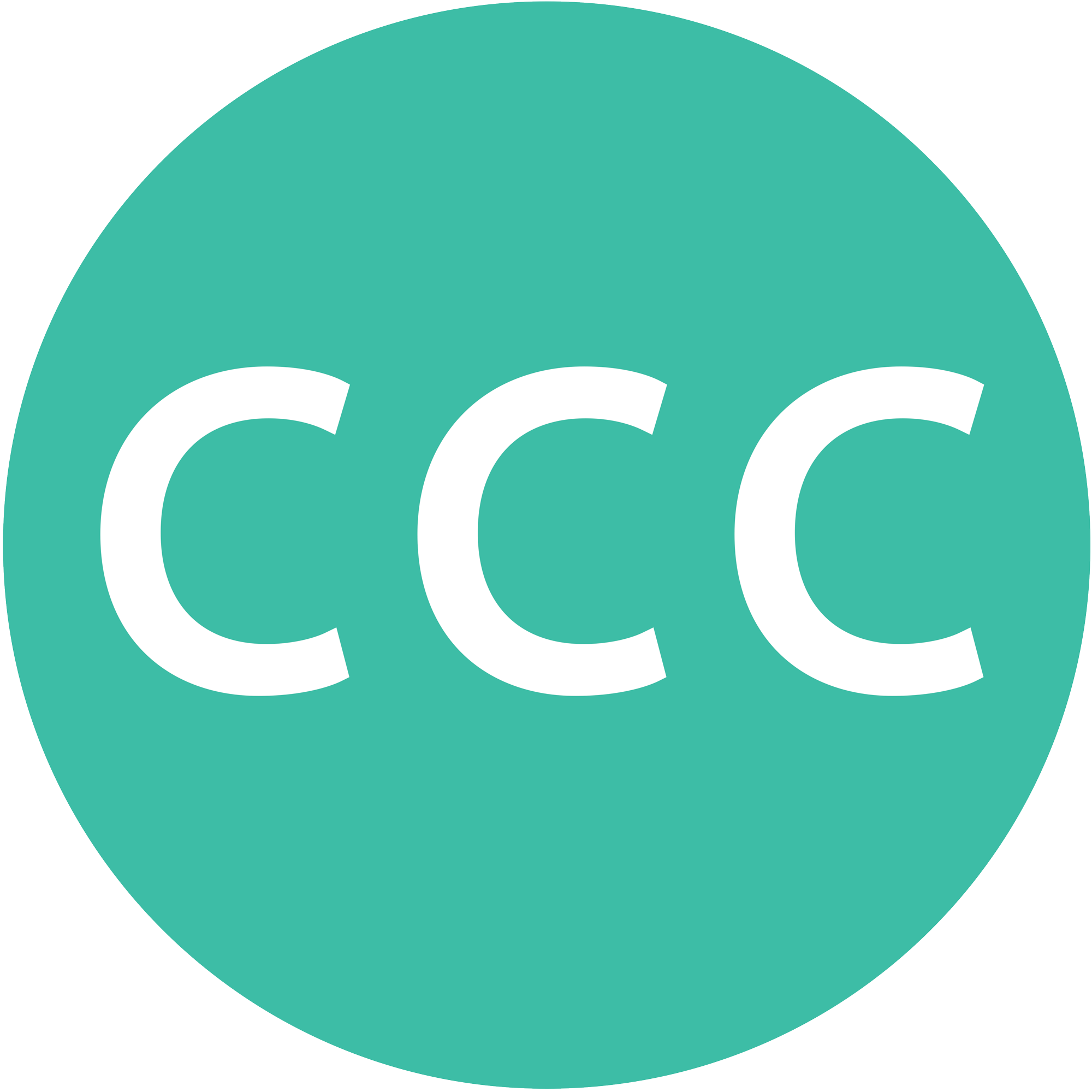I want to say something about Donor Advised Funds, which have rightfully come under a lot of criticism lately (rather than repeat the criticisms, I’ve attached Alan M. Cantor’s terrific piece from the Chronicle of Philanthropy): I am guilty as charged–my foundation uses DAFs.
It would be wrong to focus too much attention on DAFs at the risk of ignoring the enormous hoarding of wealth by private foundations. Although DAFs are growing exponentially, the $100 billion of charitable assets they represent is equal to the endowments of just the top 100 foundations (0.1% of all foundations). All foundations together sit on just over $1 trillion.
Nonetheless, it’s worthwhile for us to ask not what our country can do for DAFs, in the form of tax breaks that contribute to hoarding, but rather what DAFs can do for our country in this time of crisis. While most DAFs operate as short-term checking accounts for charitable donations (the average account size is less than $200,000), many are huge holding pens for accumulating wealth and power by and for the ultra rich.
DAF sponsors like to point out that their payout rate is in excess of 20% ($20+ billion). But imagine this scenario (we have to just imagine because no information is forthcoming from DAF sponsors): half of the $40 billion that comes into DAFs is quickly paid out as grants; that would leave less than $5 billion that is distributed from $110 billion in DAF assets, or less than 5%. My bet would be that more than half of what comes in during the year is paid out, and that the so-called 20% distribution is closer to 2% of the hoarded fund assets.
The Steering Committee of the Community Foundation Public Awareness Inititative sent a letter to the IRS with eight justifications for allowing private foundations to give to donor advised funds as part of their distribution requirements. Most are, and I’ll say this in the nicest possible way, baloney: improving management and efficiency; sustaining long-term commitments; facilitating grantmaking after a startup or significant liquidity event; managing a fluctuation in family assets; maintaining a commitment to a prior community; or facilitating impact investing.
Two rationales have some merit: making grants outside a focus area; and managing grant-authority transitions. These just happen to be my excuses–which I explain in my interview for The San Francisco Foundation. https://sff.org/donor-desk-alan-s-davis/, (spoiler alert: you’ll see my pre-COVID-pre-pony tail photo). However, even if justified, its bad public policy to allow these transfers to fully count against the required 5% private foundation distribution.
The inexcusable problem with DAFs is their lack of transparency. You can easily find out how much private foundations have and how much they give; DAFs are covert. This is nuts, since DAFs, like private foundations, represent money that’s being hoarded at taxpayer expense. A Zuckerberg can give to a DAF and get a tax deduction worth as much as 90%, almost as obscene as having $100 billion! Even though it is (mostly) our (taxpayer) money, we can’t know if it is actually going out the door to support nonprofits. Its an abuse particularly enjoyed by the very rich, and by commercial DAF sponsors which represent most the DAF dollars.
There are a number of efforts underway to fix DAFs, including the Emergency Charitable Stimulus proposal. But the immediate problem we face is addressing, to the extent charitable contributions can do that, the devastating effects of the COVID-19 crisis. Which is why the CCC urges donor advisors to distribute at least 10% of their DAFs to nonprofits this pandemic year. The COVID crisis has placed new demands on what it means to be a responsible donor, to be charitable. Some types of DAFs can do even much more than our minimum recommendations: Jen and David Risher have provided a fantastic incentive to distribute 50% of your DAF with their #HalfMyDAF campaign. https://www.halfmydaf.com. What’s the issue? On the one hand, another $8-10 billion of charitable distributions from DAFs could be going to nonprofits to insure a fair, safe and secure election, to support people-of-color leadership, put food on people’s tables, keep nonprofit employees on the job, and/or help the arts community survive. What’s the other hand?
